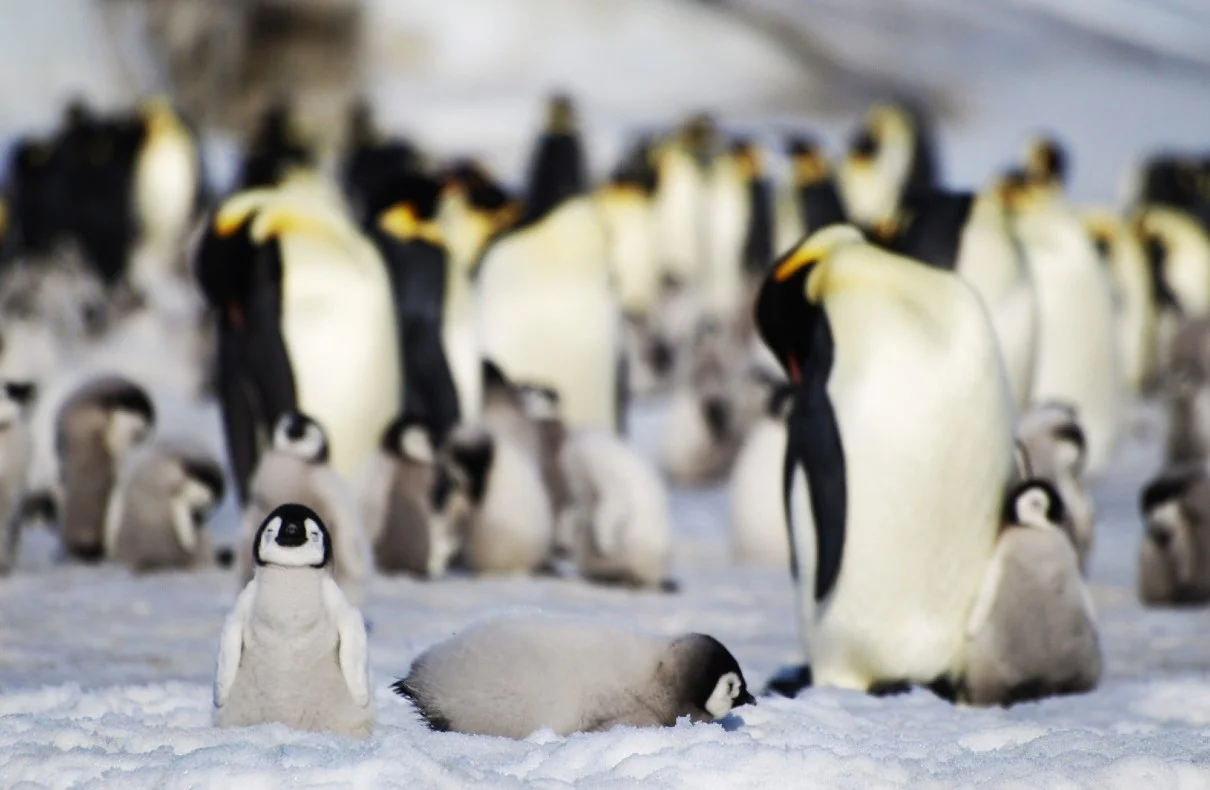
Antarctica, known for its pristine polar ecosystems and diverse wildlife, is facing a new and alarming threat – the emergence of the highly contagious H5N1 bird flu virus among penguin populations. This devastating virus, previously unheard of in the region, has already claimed the lives of gentoo penguins in the Falkland Islands and is suspected to have infected king penguins on South Georgia island.
Until recently, the Antarctic region had remained untouched by high pathogenicity avian influenza viruses. However, the arrival of H5N1 in the area last year has raised concerns among researchers and wildlife experts. Penguins, including the king and gentoo species, have never been exposed to this virus before, leaving them with little to no immunity. The current breeding season, during which penguins cluster together in large colonies, creates an ideal environment for the rapid spread of the disease.
Penguins, with their unique physiology and behavioral traits, are highly susceptible to the detrimental effects of bird flu. Previous outbreaks in South Africa, Chile, and Argentina have demonstrated the vulnerability of penguins to the virus. In South America alone, over 500,000 seabirds, including penguins, pelicans, and boobies, have perished as a result of bird flu. The close proximity in which penguins breed and the social organization of their colonies make them particularly susceptible to rapid transmission of the virus.
The Quaker Oats Recall: Ensuring Safety Amidst Salmonella Concerns
The suspected death of a king penguin on South Georgia island from H5N1 would mark the first recorded case of this highly contagious virus among the species in the wild. King penguins are the second-largest penguin species in the world, standing at about 3 feet tall and boasting a lifespan of over 20 years in the wild. The confirmation of H5N1 in this population could have devastating consequences, potentially leading to mass mortalities and disrupting the delicate balance of Antarctic ecosystems.
Alongside the king penguins, gentoo penguins have also been impacted by the emergence of H5N1. Several gentoo penguins were found dead or sick in the Falkland Islands, and one confirmed case of H5N1 was reported. The Falkland Islands, located 900 miles west of South Georgia, serve as an important breeding ground for various penguin species. The presence of the virus in this population raises concerns about the potential spread to other colonies and the implications for the long-term survival of gentoo penguins.
The full extent of the H5N1 outbreak among Antarctic penguin populations remains uncertain. While there have been no recorded cases on the Antarctic mainland as of now, the limited human presence in this remote region complicates data collection. However, researchers and conservationists anticipate that the virus will likely reach the mainland in the coming months, posing a significant threat to penguin colonies.
The introduction of H5N1 to the Antarctic ecosystem adds to the existing pressures faced by this fragile environment. Climate change, pollution, and overfishing have already placed Antarctic species, including penguins, at risk. A study conducted in 2018 warned that king penguins in Antarctica could face extinction by the end of the century due to these multiple stressors. The introduction of bird flu further exacerbates the challenges faced by these unique and vital ecosystems.
The Shocking Truth Behind the Measles Epidemic in Philadelphia – Take Action Now
The devastating impact of bird flu extends beyond penguins to other wildlife in the Antarctic region. Elephant seals and fur seals have experienced mass deaths due to the virus, further highlighting the vulnerability of various species in this ecosystem. The interconnectedness of these populations and their reliance on healthy ecosystems underscores the urgent need for research, monitoring, and conservation efforts to mitigate the spread and effects of bird flu.
While the primary focus of concern lies with the impact on wildlife and ecosystems, the emergence of H5N1 in Antarctic penguins also raises human health concerns. The virus, known to be highly contagious and lethal, poses a risk to individuals in close contact with infected birds or poultry. Efforts to prevent the spread of the virus should consider both the preservation of wildlife and the protection of human populations.
